Conclusion
In the archives we found some remarkable tests that have never been published in English. Although they are heavily out of date ( cases included have not been sold for a long time), it illustrates well the possible impact of cooling across a wide variety of designs. And by those we also mean completely passive solutions that use their own shell to dissipate heat, as well as rather larger midi-towers and also something in between.
Conclusion
The difference in cooling between the smallest and the largest case is really significant. CPU temperature in the Chieftec IX-03 (in the less efficient, horizontal position) is almost twice as high as in the Zalman Z1 midi-tower. The fact that cooling can be better optimized even in such a small size is evidenced by the significantly better results measured in the Akasa Crypto VESA case, which is only a liter larger. Unlike the Chieftec, the latter has a tiny system fan, but its impact on cooling is minimal.
A lesson in efficiency is given by the SilverStone Raven RVZ01. Compared to the Z1 and the Nanoxia DS4 which have nearly three times the volume, it delivers similar and often better results. For example, it cools the processor part more efficiently. It cools the graphics card a little weaker than the named rivals. In the better, vertical position, however, the difference is minimal and generally dispels the myth that a smaller case means worse cooling. This may or may not be true. Either way, the tests show that traditional ATX case formats are no benchmark and can easily be outperformed by a more compact design.
Coming back to the Z1 and DS4, they give identical results at the same noise level. From this we can conclude that the presence of soundproofing does not seem to matter much with modern and high-quality components. By this we mean that any platter seekings or whistling coils are somewhat absorbed by the damping mass, otherwise it doesn’t make much sense. This has been confirmed to us in the past in other tests. Although the sound damping allows higher fan speeds at the same noise level, on the other hand, it seems to make cooling worse at the same speed, which we will test exactly in the future in the same case (with and without the sound damping material).
The Zalman is a hair more powerful than the DS4 at max RPM, proportionally to how much noisier it is. One of its shortcomings is the more pronounced whirring fans, which made it impossible to regulate it to the quieter of the test modes, to 32 dBA.
Then there’s the Cooltek W1 with the board horizontally, which is fairly atypical for a tower case, but it’s not unique. You’ll be familiar with the more popular counterpart to this case, the BitFenix Prodigy. Although the cooling performance is similar to the other two towers, it is a hair worse, so there is no revolution.
Passive cases are a special group. However, they are still a marginal group. They are relatively expensive and designing suitable cooling is considerably more difficult than for conventional solutions. Just check out the block and heatpipe network of the Impactics C3LH. VRMs and SSDs usually suffer the most (using high-performance NVMe is out of the question). In this, the Streacom FC9 has a slight edge over the Impactics, partly because it has a perforated shroud, unlike the C3LH. However, if we are to evaluate the elegance of the CPU cooling, the Impactics case leads the way. Streacom wastes potential already just by not using both cooling panels and the second one is for decoration and maintaining external symmetry, which is a pity. Even after years since the release of this case, there’s no support for graphics cards that are compaible with the loose finning. Of course, some related cases have it sensibly solved this way.
- Contents
- Overview and methodology
- Chieftec IX-03
- Akasa Crypto VESA
- Impactics C3LH
- Streacom FC9
- SilverStone Raven RVZ01
- Cooltek W1
- Nanoxia DS4
- Zalman Z1
- Maximum cooling performance
- Equal, higher noise level
- Equal, lower noise level
- Graphics card cooling
- Conclusion




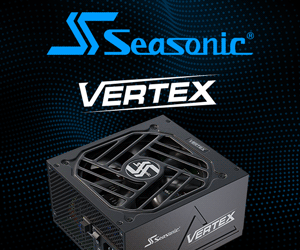
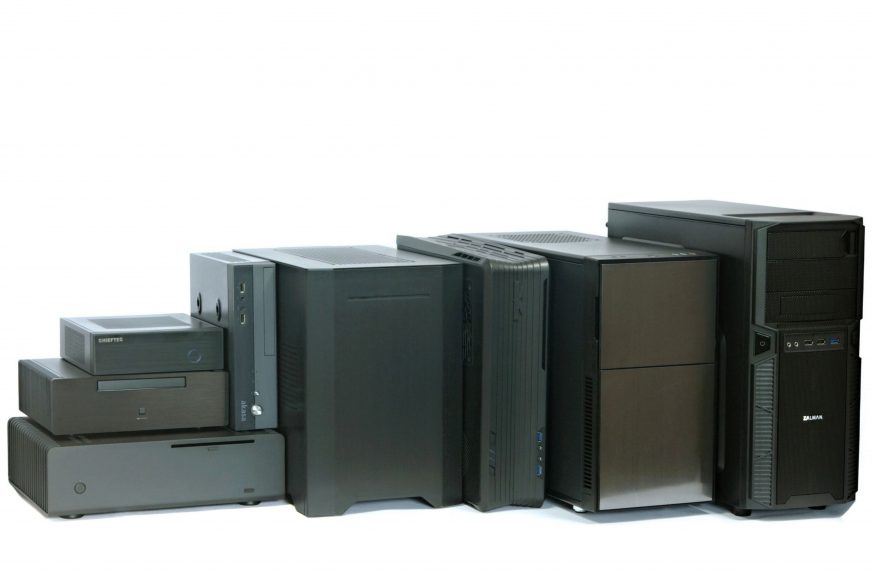
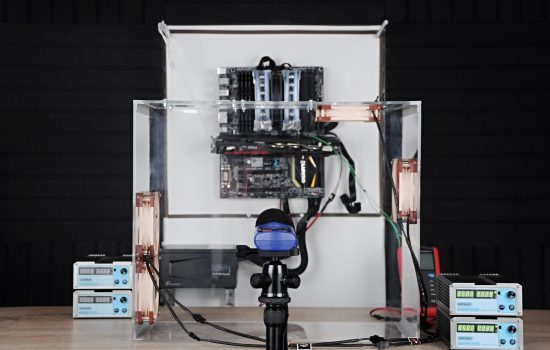
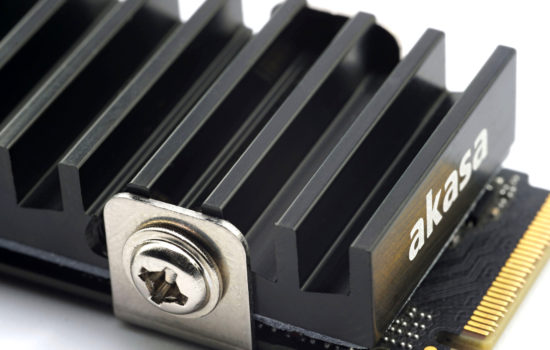
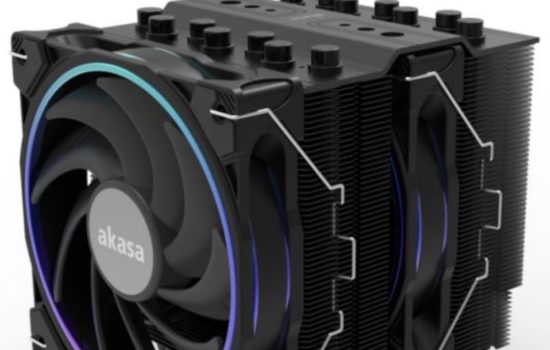


These tests are still relevant today by showing that directed airflow can result in much higher efficiency than raw volume.
Also, some fans caught my eye. The SilverStone slim fan having a ring at the middle is an interesting design choice (though from the limited tests I have found, it performs really poorly). The green fan on the Nanoxia DS4 is intriguing as well, not only for the colour, but also for the seemingly efficient rotor shape.
We have had the SilverStone FW121 low-profile fans with a hoop through the middle of the blades on our testlab shelves for years. But I don’t know how it is with their relevance. They are unavailable in shops, SilverStone filter does not include them anymore. Tests of newer FN124 built on similar design will be more useful… the question is whether they will be up to date even when it will be the time to test them. 🙂
Oh, I thought the FW121 and the FN124 were the same fans.
I believe that there is already a successor to FN124 which is Air Streamer 120 (SST-AS120B), so maybe it’s better to skip FW121 and FN124 and jump to the AS120 from a relevancy standpoint. The ring-in-middle design is very interesting from a academic point of view though, it reminds me of high-speed variants of Gentle Typhoon fans.
Sure, that’s exactly it – an academic point of view. AS120 doesn’t have that hoop anymore. There are a few fans that we will have to test outside their prime time, like the EK-Meltemi. We delayed it until it got EOL status. I find it important to have its results and explain why “it’s not that great”, even though it has a 38 mm thick profile.
Where would you place the thermocouple sensor so that the comparison is objective and you don’t hit the hottest spot with one PSU and the coldest with another?Hmm, 38 mm fans would indeed be interesting. In asian forums especially, quite a few enthusiasts are playing around with industrial fans (Sanyo Denki and Delta to name a few) which of course include 38 mm ones, but usually without any proper tests.
Is the last question intended for me? I must state that I don’t have too much knowledge on thermocouples nor PSUs, but I’d imagine using multiple thermocouples per target site is the answer. While you can’t ensure that you are 100% fair, by increasing sample size, you can be more confident in your results.
Thanks for the tips. Sooner or later, I’m sure the results of some industrial 120 mm fan with 38 mm thickness will appear in the database.
Thermocouples: no, that question got there by mistake, it should have gone elsewhere. It came about by hastily copying from a document in which a colleague is helping me struggle with my severely inadequate English. 🙂